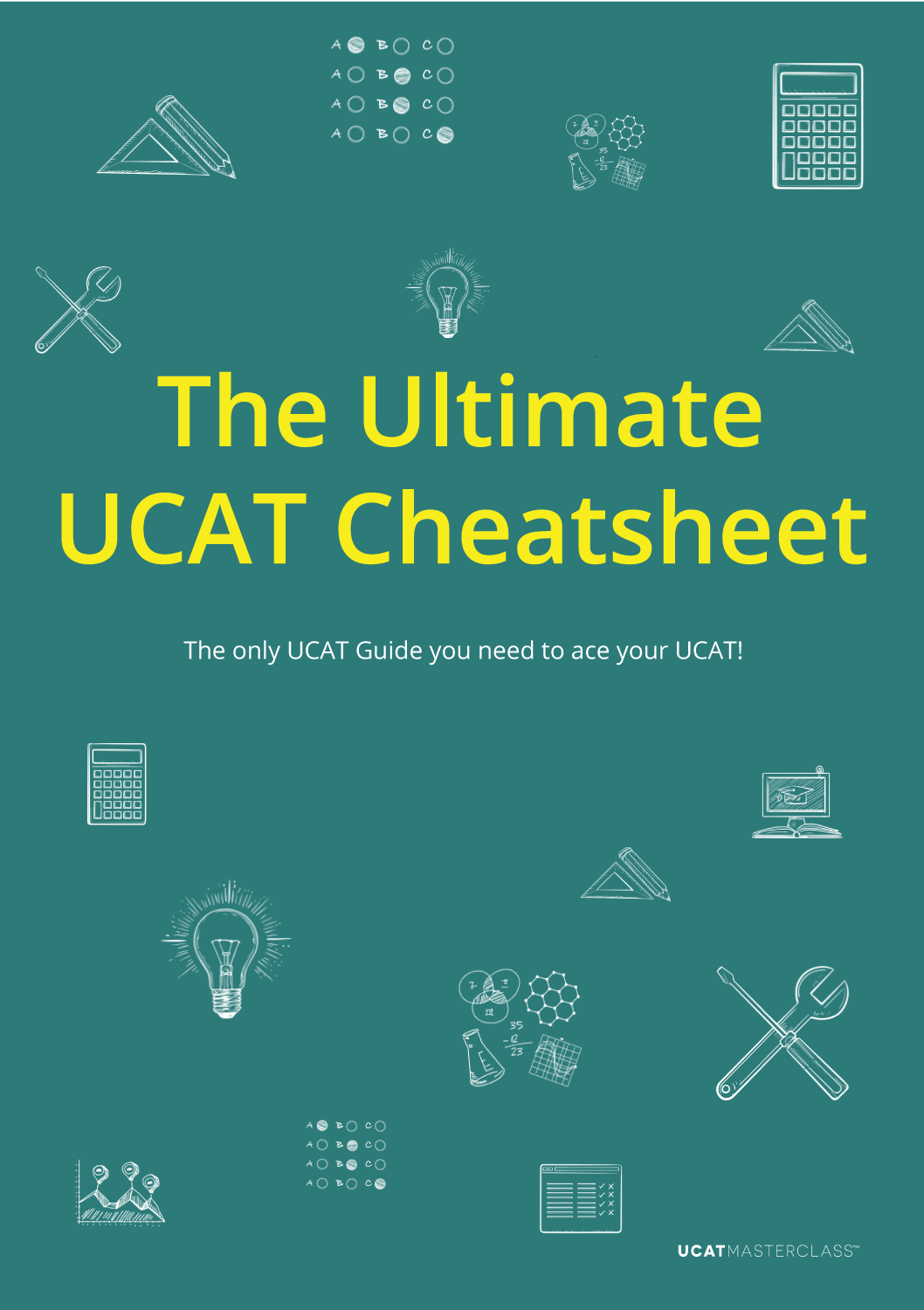- UCAT University Course Guide ANZ
- Central Queensland University
- Charles Sturt University (Western Sydney Joint Med)
- Curtin University
- Flinders University
- Griffith University
- James Cook University
- Monash University
- University of Adelaide
- University of Melbourne
- Newcastle & New England Joint Med
- UNSW
- University of Queensland
- University of Sydney
- University of Tasmania
- University of Western Australia
- Western Sydney (Joint Med Charles Sturt)
- University of Auckland
- University of Otago
UCAT Advice Universities and Courses
Western Sydney University: UCAT and Medical Course Information (2021 Update)
In this article, we give you the run-down on the Western Sydney University courses that require UCAT. (We recently updated our article to ensure that you're always receiving the right information, including the new Western Sydney & Charles Sturt Medical Program!)
In this article, we’re going to give you an overview of Western Sydney University and the medical courses it offers which require UCAT for admission.
In this article on Western Sydney University,
- Overview of Western Sydney University
- University rankings
- The Western Sydney University courses requiring UCAT
- Clinical placement information
An Overview of Western Sydney University
Western Sydney University was established in 1989 and currently has over 43,000 students enrolled. There are a large number of campuses scattered across the Greater Western Sydney Area, including:
- Parramatta
- Liverpool City
- Campbelltown
- Bankstown
- Hawkesbury
- Penrith
- Lithgow
- Sydney Olympic Park
- Nirimba
- Sydney City
Accommodation is available on campus and both off-campus. There is transport located close by to accommodation and a large number of facilities students can enjoy.
The university has extensive facilities for students studying medicine and has a range of extra-curricular activities you can get involved in to make your university experience balanced.
Rankings
| Times Higher Ed Rank | QS rankings | Academic Ranking of World Universities |
| 251–300 | 474 | 301-400th |
Need a UCAT Cheatsheet?
Before you get into uni, you need to crush the UCAT. Downloading our FREE UCAT Cheatsheet is your first step to campus.
Western Sydney University Medical Courses Offered that require UCAT?
Western Sydney University offers a Doctor of Medicine to high-school leavers.
The following table outlines the course offered, its specifics, and entry requirements such as UCAT and ATAR scores.
Doctor of Medicine
Joint program with Charles Sturt University starting in 2021
| Course Code | Course Length | Campus |
| 725505 | 5 years full-time | Western Sydney: Campbeltown OR Charles Sturt: Orange |
ATAR:
- The minimum ATAR required to secure a place in this degree at the university is 95.5.
- The minimum ATAR for Greater Western Sydney applicants is 93.5.
IB:
- The minimum IB score required is 38.
- The minimum IB score for students within the Greater Western Sydney region is 36
Prerequisites:
There are no prerequisites for this degree.
Entry Requirements:
Admission into this program is based upon a culmination of 3 factors:
- Minimum ATAR
- UCAT Results
- Interview
Application process:
Student applications are ranked for an offer based upon the combination of scores of UCAT, ATAR, and Interview.
Interview Criteria and structure:
Interviews are held in Western Sydney’s Campbelltown campus, or Charles Sturt’s Orange campus.
- Criteria: The assessment will test your capability to succeed within the learning environment, interpersonal skills, problem-solving skills, and your motivation to undertake this program.
- Structure: The interview is structured as a Multiple Skills Assessment and involves applicants rotating around 8 stations to complete a range of activities and discussions. You will have approximately 8 minutes to respond at each station.
- You will also need to complete a Medical Admissions Questionnaire (MAQ) before you attend your interview. This includes 2 brief statements in response to the questions provided. Your statement may be referred in your interview questions.
Other options to entry:
- If you are not offered a place at the completion of Year 12, you are able to apply whilst studying a degree. These applications will be assessed based upon GPA.
Degree facts:
- Approximately, 120 places are offered into this program. 20 of these places will go to International students.
- This is a joint Medical Program held with Charles Sturt University. You may indicate your preference to study at either Western Sydney or Charles Sturt. However, your preference is not guaranteed.
Clinical placement information
Medicine in this joint program with Western Sydney University is predominantly hands-on from within the first weeks of the course. Throughout students’ clinical placements, they’ll cover a broad range of general, specialist and inter-professional training. This will include First Nations Peoples’ health, emergency medicine, critical care, obstetrics and gynaecology, paediatrics, mental health, and surgery.
In Years 1 and 2, clinical placements are short but regular.
From the 3rd year onwards, students undertake clinical placements that cover the broad range of general, specialist and inter-professional training necessary to ensure they are prepared for your medical internship. In the fourth and final years, students will build clinical experience through placements in speciality and subspecialty medicine, ranging from major metropolitan hospitals to general practices and Aboriginal medical services in rural and remote areas.


